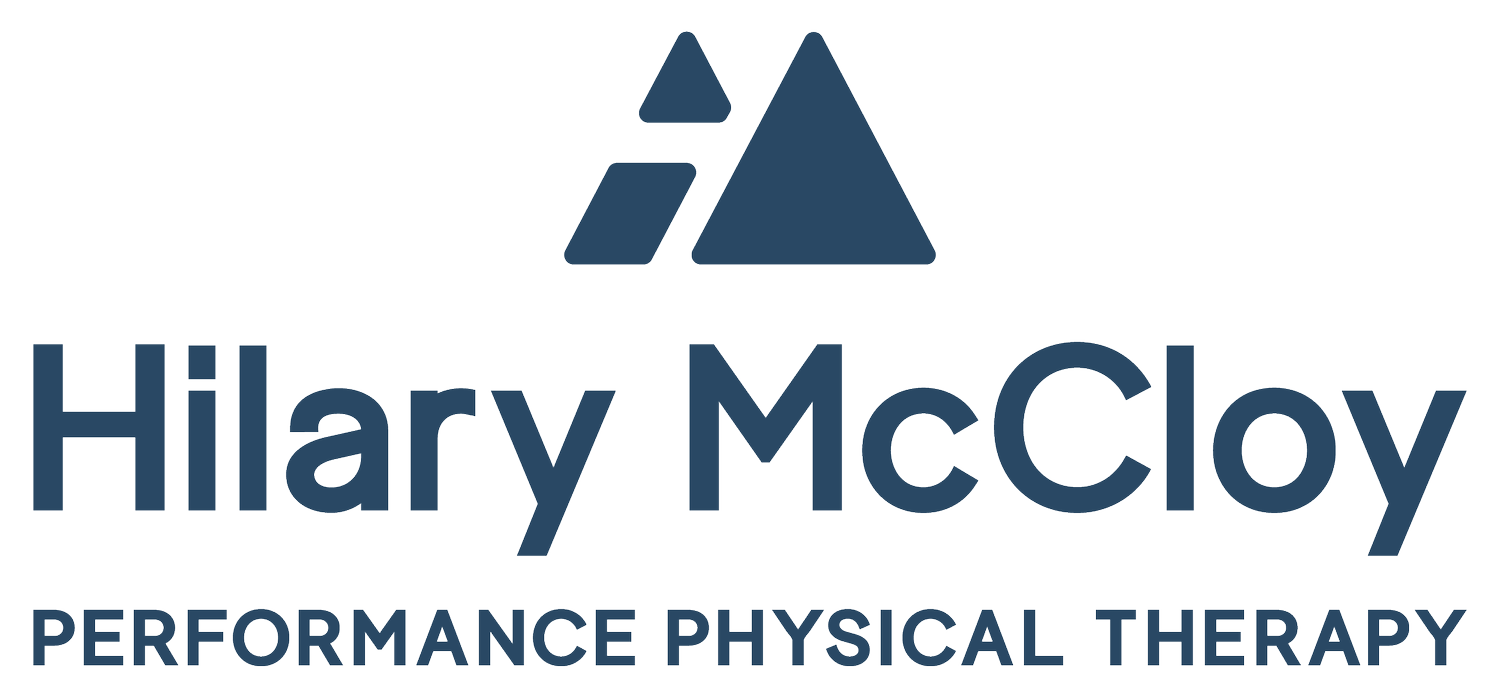How to Prep the Body from Ski to Run
I love to run when there is no snow on the ground, and then trade in the running shoes for ski touring all winter. Sounds familiar? I have a lot of friends and peers who do the same thing or decrease their winter running mileage significantly. I love this division of sport and passion but it can be hard on the body to transition from a lot of sliding to a lot of running.
As a physio, I see a common trend of overuse running injuries that come on pretty quickly in the spring and early summer months. Ski touring is an incredible engine builder; we spend a lot of time at relatively low efforts and can get pretty fit. I know I always feel really strong and ready to run forever when the snow starts to melt, but are your muscles ready for the load of running? Probably not unless you prepare them.
Skiing is a power based, sliding sport. Running is a high impact repetitive sport. Our muscles are loaded very differently. Running, on its own, tends to lead to many overuse injuries because our muscles, bones and tissues have to take a high load for a long period of time. So if you start running in the spring with strong, fit muscles that have not been used to rebounding quickly and repetitively you may be prone to injury.
It is mid February so it is a great time to start getting the muscles ready that take the load of your body over and over very quickly because that is definitely not what is happening when you are in your ski boots.
PREPPING RUNNING MUSCLES:
Skipping Rope: this is a great way to start getting your feet and lower leg muscles ready to rebound quickly and take load that is similar to running but is not too aggressive. Start with 4 x 15 seconds. Then increase in time by 5-10 seconds.
Barefoot Work: our feet need to be strong. Going barefoot will make your feet work more. Practice standing and spreading your toes, lifting just your big toe and lifting just your smaller toes. It’s harder than you think.
Quick Rebounding Forward Lunges: step forward into a lunge and then very quickly spring back up to standing. This preps the quad (thigh) muscles to start turning off and on quickly.
Lateral Bounding: jump to the side off of one foot, land on the other foot and then jump back the other way. Jump wider than your normal base of support. Start mellow and then try to add more power.
RUNNING VOLUME MANAGEMENT:
It is easy to fall back into the same running volume that you were doing before too quickly. Especially if you are feeling very fit and strong from a winter of ski touring. I would start with running 2-3 days/week at about 25% of your normal volume to see how the body feels. Then slowly increase mileage by 5 miles (total) per week for a conservative return to volume.
If you are a multiple sport athlete it is important to understand how our bodies are interacting with the specific load of the sport. Some sports complement each other and some are very different. This knowledge can help keep you less injury prone and increase performance.
